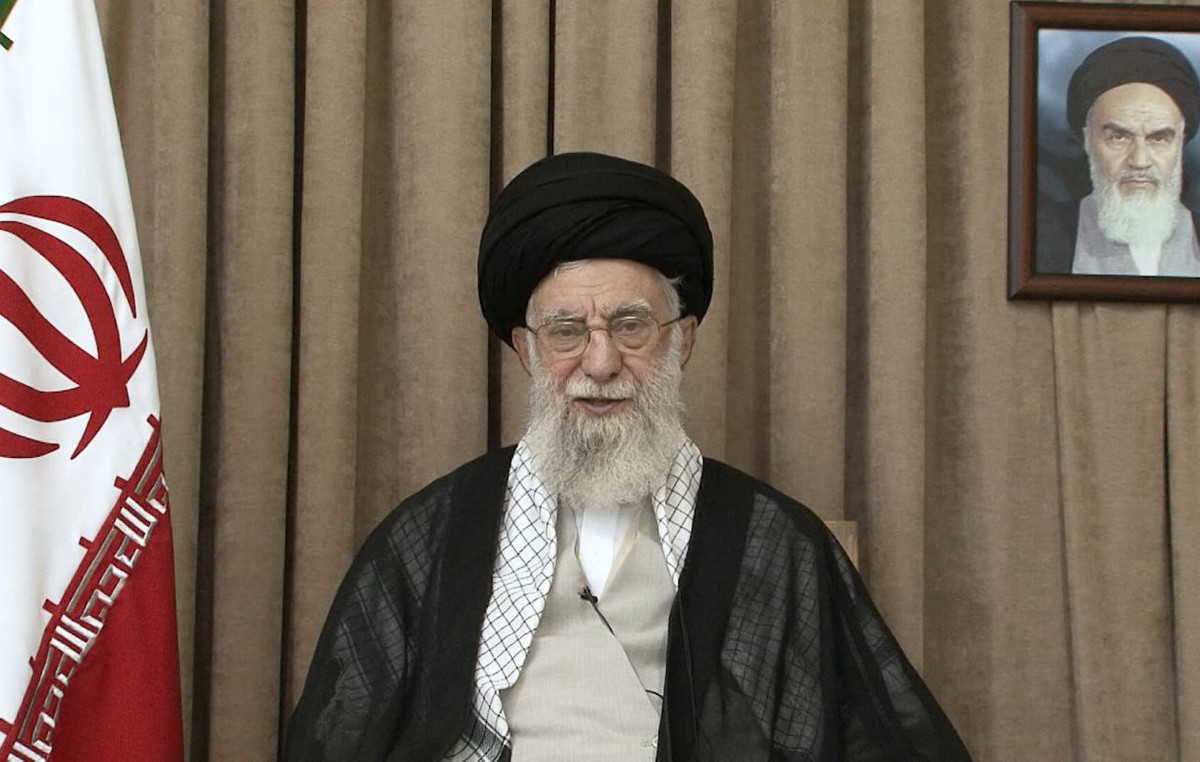The Oswaldo Cruz Foundation (Fiocruz) released, this Thursday (19), an alert for the stagnation in the growth of vaccine coverage among adults against Covid-19 and the deceleration of the coverage curve for the third dose against the disease.
The analysis has been published in a new edition of Covid-19 Observatory bulletin of the foundation, which monitors the epidemiological scenario of the pandemic in the country.
The researchers indicate that, in the population over 25 years of age, coverage for the complete vaccination schedule is 80% in the country. However, in relation to age groups, the data show that the third dose in the younger groups remains below the average considered satisfactory.
The data show coverage of 63.9% in the age group from 55 to 59 years old, 57.9% from 50 to 54 years old, and 52.8% from 45 to 49 years old. The percentage gradually decreases: from 40 to 44 years old it is 49.8%, from 35 to 39 years old it is 44.7%, from 30 to 34 years old it is 40.3%, from 25 to 29 years old it is 35.5%, from 20 to 24 years old is 30.4% and from 18 to 19 years old is 25.2%.
The bulletin also presents data on the fourth dose (for most immunizers) in the period from April 24 to May 14, epidemiological weeks 18 and 19. Coverage in the age group of 80 years and over is 17.7% , from 75 to 79 years old is 12.4%, from 70 to 74 years old is 12%, from 65 to 69 years old is 6.4% and from 60 to 64 years old is 3.4%.
The study indicates that 14 states have more than 80% of the population vaccinated with the first dose and 18 have more than 70% with the second dose. Piauí and São Paulo have stood out for their high vaccination coverage since the first dose, according to the Fiocruz bulletin.
Vaccination coverage differs between states
Fiocruz researchers also point out that coverage in all Brazilian states remains quite heterogeneous. “It is important to recognize that the expansion of vaccination, especially prioritizing regions with low coverage and booster doses in the most vulnerable population groups, can further reduce the impacts of the pandemic on mortality and hospitalizations”, they say.
Regarding the third dose, in age groups over 65 years, coverage is above 80%. The fourth dose of immunizers was applied to 17% of the population over 80 years of age. In children between 5 and 11 years old, 60% took the first dose and 32% had a complete vaccination schedule.
cases and deaths
In the last three epidemiological weeks, from April 24 to May 14, about 16 thousand cases and 100 deaths were recorded daily. According to the bulletin, the rate corresponds to a fatality rate of 0.7%, reaching the lowest stable values since the beginning of the pandemic.
“The current scenario is still a cause for concern. The occurrence of hospitalizations has been consistently higher among the elderly when compared to adults. In addition, the emergence of new variants, which can escape the immunity produced by existing vaccines, is a permanent concern”, they explain.
In the bulletin, Fiocruz specialists emphasize the need for vaccination in view of the flexibility in the use of masks and the collection of the vaccine passport.
2nd booster dose
The Ministry of Health included, on Wednesday (18), elderly people aged 60 and over in the recommendation for the application of the second booster dose of vaccines against Covid-19.
The second booster dose should be given four months after the first. The orientation is that the second reinforcement is done, preferably, with Pfizer.
The decision expands the target audience for immunization with a new booster in the country. Until then, the second booster dose was only recommended for elderly people over 70 years of age, immunocompromised, in addition to people over 60 years of age living in permanent institutions.
Source: CNN Brasil







